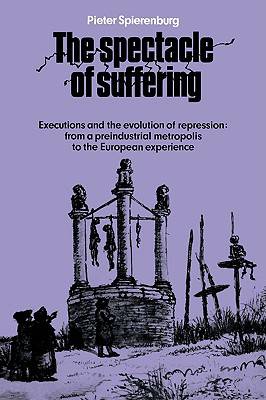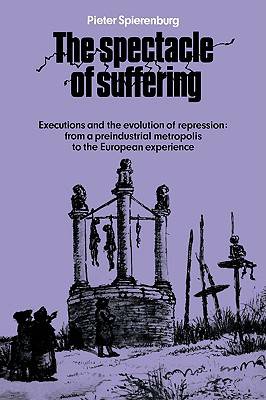
- Afhalen na 1 uur in een winkel met voorraad
- Gratis thuislevering in België vanaf € 30
- Ruim aanbod met 7 miljoen producten
- Afhalen na 1 uur in een winkel met voorraad
- Gratis thuislevering in België vanaf € 30
- Ruim aanbod met 7 miljoen producten
Zoeken
The Spectacle of Suffering
Executions and the Evolution of Repression: From a Preindustrial Metropolis to the European Experience
Pieter Spierenburg
Paperback | Engels
€ 54,45
+ 108 punten
Omschrijving
Present-day unease about the treatment of lawbreakers has deep historical roots. Pieter Spierenburg traces the long period of evolution that gave rise to the modern debate about punishment, and relates it to the development of Western European society. He argues that two elements, the public character of punishment and its infliction of physical suffering, were originally at the heart of the penal system. From the sixteenth century onwards, however, these elements began to decline. Spierenburg explains that this development reflected a wider change of attitudes which, in turn, was related to changes in society at large. The book deals successively with each of the parties involved in public executions: the hangman, the magistrates, the crowd, and the victim. Among the themes dicussed are the infamous reputation of the excutioner, the functions of ceremonial, and the social background of those about to suffer.
Specificaties
Betrokkenen
- Auteur(s):
- Uitgeverij:
Inhoud
- Aantal bladzijden:
- 288
- Taal:
- Engels
Eigenschappen
- Productcode (EAN):
- 9780521089647
- Verschijningsdatum:
- 6/11/2008
- Uitvoering:
- Paperback
- Formaat:
- Trade paperback (VS)
- Afmetingen:
- 152 mm x 229 mm
- Gewicht:
- 426 g

Alleen bij Standaard Boekhandel
+ 108 punten op je klantenkaart van Standaard Boekhandel
Beoordelingen
We publiceren alleen reviews die voldoen aan de voorwaarden voor reviews. Bekijk onze voorwaarden voor reviews.











